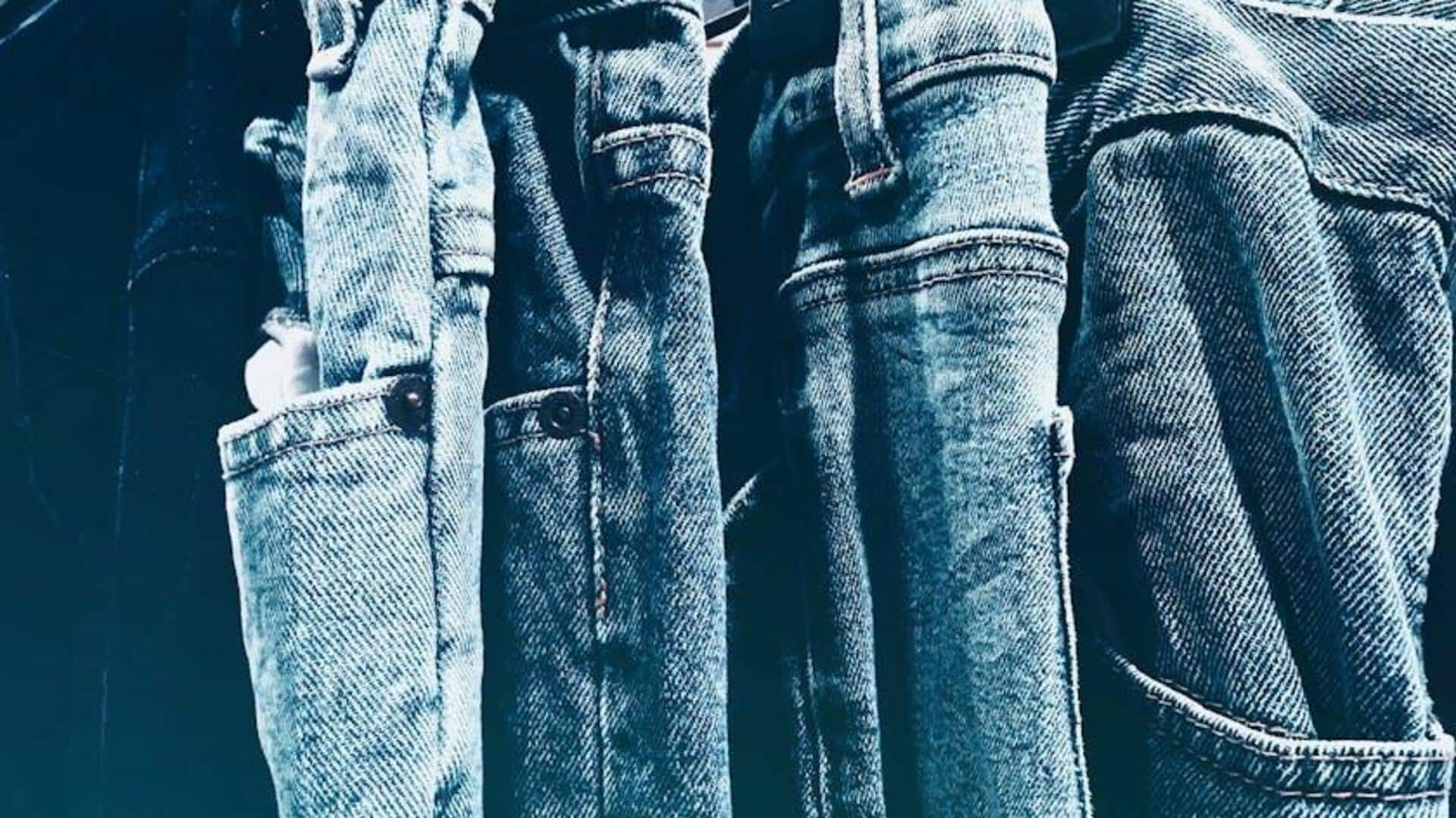
Here's why blue jeans are harmful to environment
What's the story
Blue jeans, a timeless essential in fashion, carry a significant environmental impact, largely due to the production process involving indigo dye. Traditionally sourced from plants, the indigo dye gives jeans their iconic hue. To meet rising denim demand, synthetic indigo is now widespread, which requires harsh chemicals to bind to clothing fibers. However, a new discovery could introduce a sustainable approach to indigo dyeing.
Indican
Alternative approach
In Denmark, researchers have developed an enhanced dyeing technique that eliminates the requirement for harsh chemicals, opting instead for an enzyme-based approach. Utilizing indican, a precursor to indigo found in plants of the Indigofera genus forms the foundation of this alternative dyeing method. Indican, responsible for turning indigo plants' leaves blue when mashed, can be transformed into indigo.
Eco-friendly dyeing
Sustainable methods
In exploring additional sustainable methods for indican dyeing, the research team experimented with utilizing light, ranging from natural sunlight to household light bulbs, for dyeing denim. Their findings indicate that simply leaving fabric with indican and water on a windowsill can convert indican to indigo without the need for added enzymes. This innovative approach highlights the potential for harnessing eco-friendly dyeing practices.
Environmental harm
Harming ecosystems
Toxic chemicals from factories also contribute to environmental pollution. The dyeing process for a single pair of jeans can necessitate nearly 30 gallons of water, and the chemical additives mixed with this water are highly alkaline and corrosive. Consequently, containing wastewater becomes a challenging task. Often, contaminated water frequently flows into nearby waterways, harming local ecosystems and occasionally turning rivers blue.
Costs
Feasible option
New dyeing methods could be both logistically and financially feasible for the average manufacturer. Transitioning from conventional dyeing to dyeing with indican costs approximately seven cents more per pair of jeans, while LED light dyeing adds just a fraction of a cent more per pair. If larger clothing companies embrace these responsible practices, the environmental impact of blue jeans could see significant improvement.
Risks to workers
Time to embrace sustainable alternatives
Annually, the denim industry consumes approximately 50,000 tons of synthetic indigo and more than 84,000 tons of sodium hydrosulfite as a reducing agent. It poses significant health risks for textile workers facing potential risks of toxicity and carcinogenicity. By addressing these challenges and embracing sustainable alternatives, the denim industry can reduce its environmental footprint while safeguarding the well-being of workers involved in denim manufacturing.